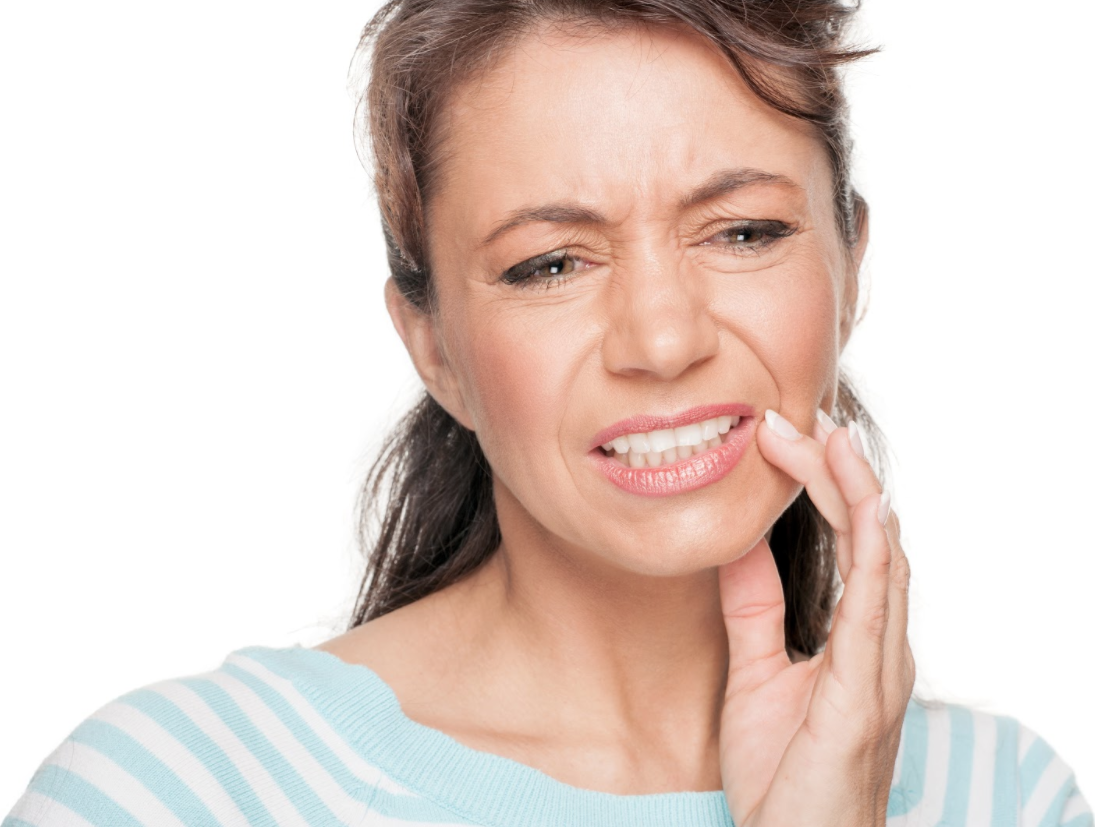TMJD Symptom Series, Part 2: Teeth Pain

In our last post, we learned 5 TMJD symptoms that are associated with jaw pain but what if the pain you feel instead lies within your mouth, in the inner workings of your teeth?
Here are 3 TMJD symptoms that are associated with tooth pain:
1. General tooth pain
We already know that everything in our bodies is interconnected, but did you ever think that your toothaches could be the effect of an inflamed or stressed temporomandibular joint (TMJ)? Perhaps your tooth is a trigger point for TMJD and the pain you feel is running along a trigger point pathway. What is a trigger point pathway? Think of it this way: trigger point pathways are like two-ways streets – they involve the deep tissue structures that weave your muscles and tendons together across your entire body. The trigger point pathways of your face involve your jaw muscles, tendons, your TMJ and the dental pulp of each tooth (the sensitive inner tissue and cells within every tooth). Tooth pain can be an isolated ache but it’s also possible there is an underlying TMJ disfunction.
2. Teeth grinding
When you clench, grind or gnash your teeth, this is called bruxism (BRUK-siz-um). If it’s a been a stressful week at work and you’re trying to make a deadline, or the kids are being a little extra unruly, it’s very possible that you clench your teeth during the day. However, many people unconsciously grind their teeth at night (sleep bruxism) and feel the after effects of headaches, jaw pain and damaged teeth the next morning.
3. Looseness and/or soreness of back teeth
You’re well-past the stage of losing your baby teeth, so why do your teeth feel loose or sore? Likely stemming from bruxism (or teeth grinding), constant grinding may cause your molars to become sore and/or loose in the back of your mouth.
If you are feeling these symptoms and pain in your teeth, that isn’t normal – and you don’t have to live that way. Schedule an appointment with TMJ Massage to find the root of the problem and get back to living a pain-free life.
Next up in our TMJD Symptom Series: Head and Face Pain.

